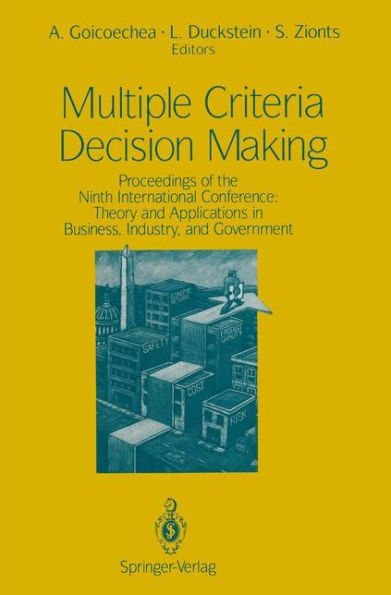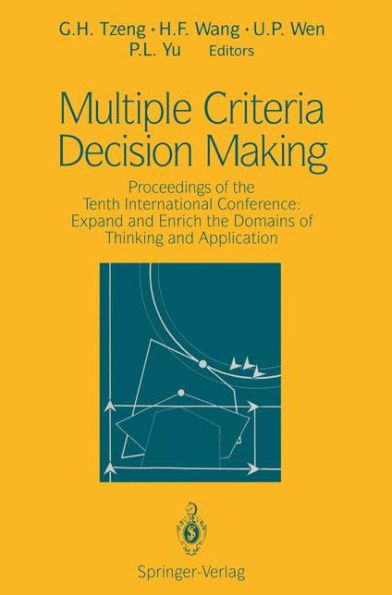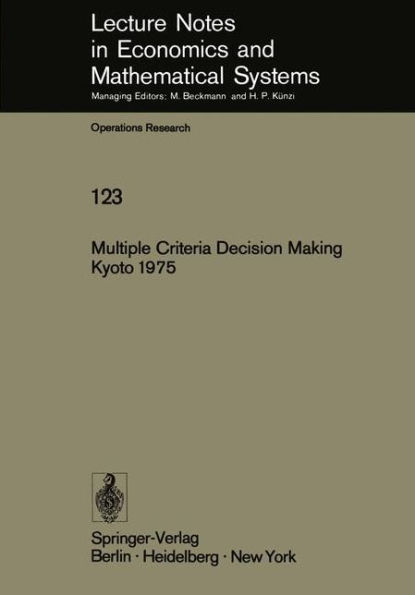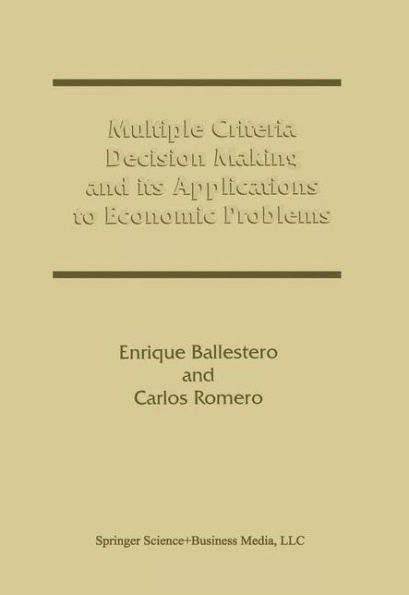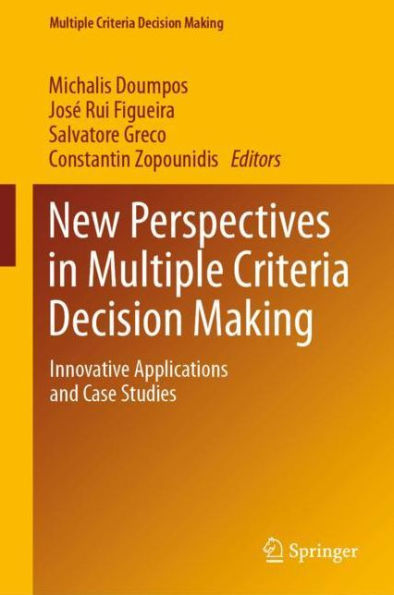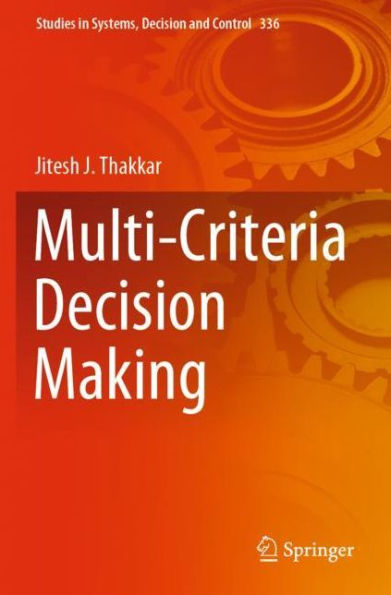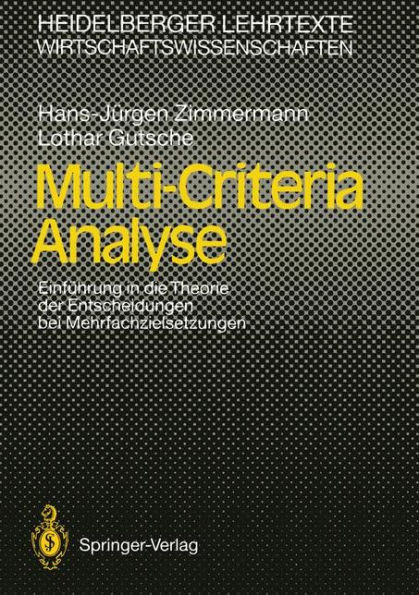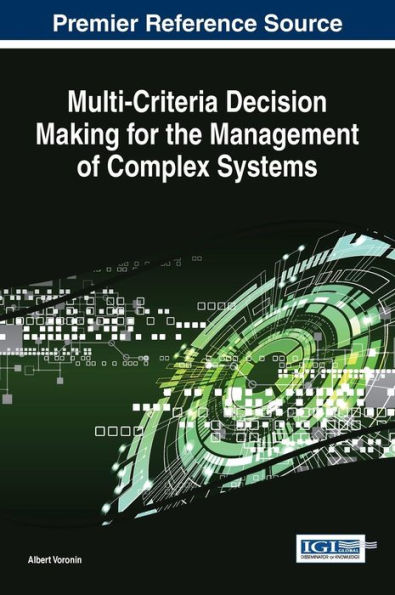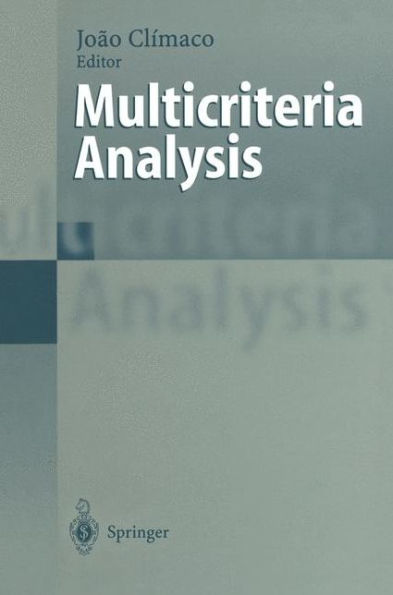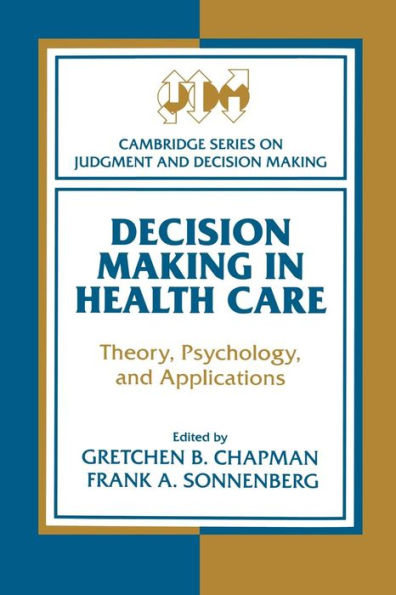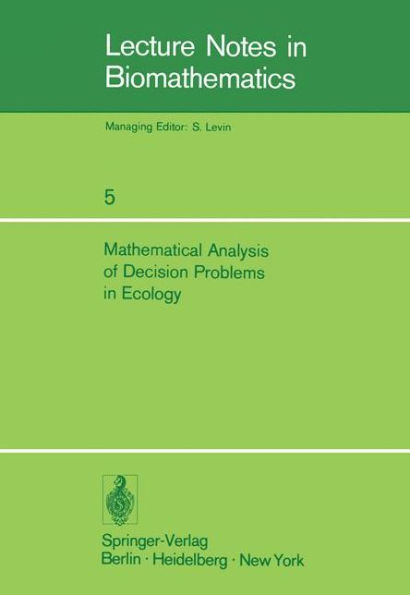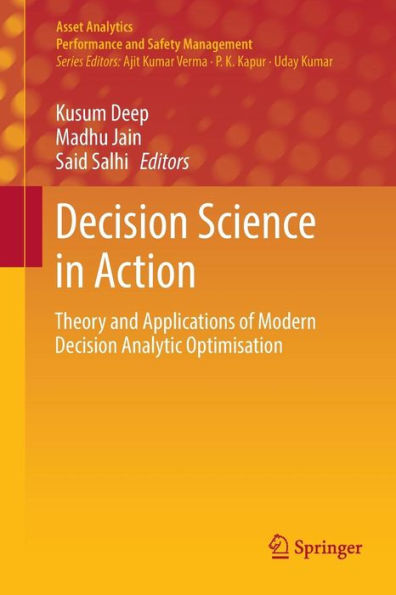Home
Multiple Criteria Decision Making Theory and Application: Proceedings of the Third Conference Hagen/Königswinter, West Germany, August 20-24, 1979


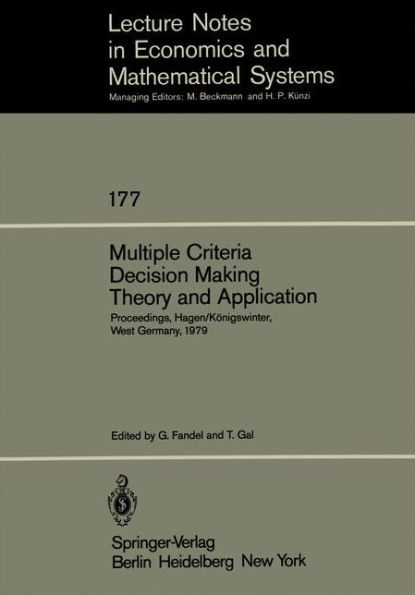
Multiple Criteria Decision Making Theory and Application: Proceedings of the Third Conference Hagen/Königswinter, West Germany, August 20-24, 1979
Current price: $109.99
Loading Inventory...
Size: OS
He consider a cone dominance problem: given a "preference" cone lP and a set n X ~ R of available, or feasible, alternatives, the problem is to identify the non dominated elements of X. The nonzero elements of lP are assumed to model the do- nance structure of the problem so that y s X dominates x s X if Y = x + P for some nonzero p S lP. Consequently, x S X is nondominated if, and only if, ({x} + lP) n X = {x} (1.1) He will also refer to nondominated points as efficient points (in X with respect to lP) and we will let EF(XJP) denote the set of such efficient points. This cone dominance problem draws its roots from two separate, but related, ori gins. The first of these is multi-attribute decision making in which the elements of the set X are endowed with various attributes, each to be maximized or minimized.
